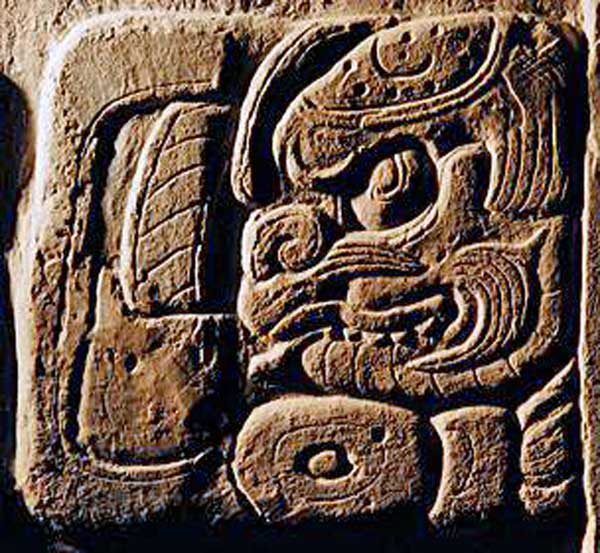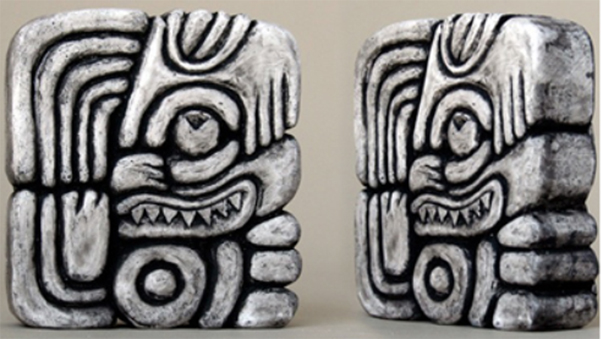Why are there so many, and it came to pass, type phrases in the Book of Mormon?
The phrase, "And it came to pass" in Hebrew is, vyhi [vayahi] or wayehi], meaning "And it came to pass." It is a primary example of a Hebrew linking device used commonly in narrative literature and is used frequently throughout the Holy Bible. Thus the "it came to pass", phrases give evidence of the authenticity of the Book of Mormon.
“And it came to pass” Example: (1 Nephi 12:3)
“Now it came to pass” Example: (Enos 1:19)
“For behold it came to pass” Example: (Jacob 1:1)
“And behold it came to pass” Example: (Alma 47:9)
“And it shall come to pass” Example: (Helaman 14:7)
---------------------
My word search results:
“And it came to pass”
Book of Mormon = 1407 times
Bible = 672 times
“Now it came to pass”
Book of Mormon = 207 times
Bible = 44 times
“For behold it came to pass” or “But behold it came to pass”
Book of Mormon = 246 times
Bible = 58
“And it shall come to pass”
Book of Mormon = 115
Bible = 162
---------------------
The above "it came to pass", type phrases give us significant evidence to the traditional and cultural background heritage of the original writers of the Book of Mormon. These phrases all contain or denote expressions that are natural to a native Ancient Hebrew and or Egyptian background Book of Mormon authors.
These phrases support the authenticity of the fact that this Book, The Book of Mormon, was not an original product of any 1800’s A.D. native born American writer.
In the 1800’s this type, style or form of phrases, were not a commonly used expression, group of words or phrase used in the English language of the day. Today it is still not a phrase or expression that is commonly used.
Solomon Spalding, Joseph Smith, Joseph Smith’s family, friends, or associates, never did write anything using this form of Middle East phrases, in any personal letters or person publication. It was just not an appropriate English Colonial American way or form of writing or speaking.
The written usage of this type of phrase is used in the Bible, and ancient Hebrew, Middle-Eastern, or Egyptian historical writings.
These phrases all contain or denote expressions that are natural to a native Hebrew and or Egyptian background.
This style of writing and groups of words that would have that meaning was not used in the normal 1800's English language in the United States. It was not used by Joseph Smith, his family, friends or any other of his associates. Nor was it used by Solomon Spalding or any other known person in that area.
---------------------
Why is the phrase “and it came to pass” so prevalent in the Book of Mormon?
“There are… some very good reasons behind the usage of the phrase—reasons that further attest the authenticity of the Book of Mormon.
The English translation of the Hebrew word wayehi (often used to connect two ideas or events), is “and it came to pass,” and it appears some 727 times in the King James Version of the Old Testament. The expression is rarely found in Hebrew poetic, literary, or prophetic writings. Most often, it appears in the Old Testament narratives, such as the books by Moses recounting the history of the children of Israel.
…In the Book of Mormon…it appears some 1,404 times. [It] occurs in the narrative selections and is clearly missing in the more literary parts, such as the psalm of Nephi (see 2 Nephi 4:20–25); the direct speeches of King Benjamin, Abinadi, Alma, and Jesus Christ; and the several epistles.
But why does the phrase “and it came to pass” appear in the Book of Mormon so much more often, page for page, than it does in the Old Testament?
The answer:
First, the Book of Mormon contains much more narrative, chapter for chapter, than the Bible.
Second, but equally important, the translators of the King James Version did not always render wayehi as “and it came to pass.” Instead, they were at liberty to draw from a multitude of similar expressions like “and it happened, came, had come, became, arose, was, now, was, and so forth.”
Wayehi, [a and it came to pass phrase], is found about 1,204 times in the Hebrew Bible, but it was translated only 727 times as “and it came to pass” in the King James Version. Joseph Smith did not introduce such variety into the translation of the Book of Mormon. He retained the precision of “and it came to pass,” which better performs the transitional function of the Hebrew word.
The Prophet Joseph Smith may not have used the phrase at all—or at least not consistently—in the Book of Mormon had he created that record. The discriminating use of the Hebraic phrase in the Book of Mormon is further evidence that the record is what it says it is—a translation from a language (reformed Egyptian) with ties to the Hebrew language.”
See Mormon 9:32–33
---------------------
 << And it came to pass glyph carved in stone at the ancient city of Palenque, Mexico.
<< And it came to pass glyph carved in stone at the ancient city of Palenque, Mexico.
<< Linda Schele was an expert in deciphering Maya hieroglyphics has interpreted this glyph as "iwal uti" or "and then it came to pass" (Glyph F16,) (Palenque Resources, Monuments & Inscriptions)
<< Merle Greene Robertson was an archaeologist of the pre-Columbian Maya civilization. She has interpreted this glyph as "count until" [or count days until this happens.] (Glyph F16,)
--------------------- << And it came to pass glyph carved in stone at the ancient city of Palenque, Mexico.
<< And it came to pass glyph carved in stone at the ancient city of Palenque, Mexico.
<< Linda Schele was an expert in deciphering Maya hieroglyphics has interpreted this glyph as "iwal uti" or "and then it came to pass" (Glyph E6 )
It would make sense to me that a phrase so common to the language of the Nephites and the Lamanites would carry on down to their posterity. I wonder how many 'And it came to pass' glyphs are carved in stone in mesoamerica, most likely a lot.
---------------------
 << And it Came to Pass Glyph (A illustration of a Glyph found on the 'tomb of Pacal' at Palenque, Mexico, Exploring the Lands of the Book of Mormon, p.25)
<< And it Came to Pass Glyph (A illustration of a Glyph found on the 'tomb of Pacal' at Palenque, Mexico, Exploring the Lands of the Book of Mormon, p.25)
Book of Mormon Literary Style in Mesoamerica (“It Came to Pass” & Parallelism by V. Garth Norman, Book of Mormon Archaeological Forum)
---------------------
Why does the phrase “and it came to pass” appear in the Book of Mormon so much more often, than it does in the Old Testament?
"The answer is twofold.
First, the Book of Mormon contains much more narrative, chapter for chapter, than the Bible.
Second, but equally important, the translators of the King James Version did not always render wayehi as “and it came to pass.” Instead, they were at liberty to draw from a multitude of similar expressions like “and it happened,” “and … became,” or “and … was.”
Wayehi is found about 1,204 times in the Hebrew Bible, but it was translated only 727 times as “and it came to pass” in the King James Version. Joseph Smith did not introduce such variety into the translation of the Book of Mormon. He retained the precision of “and it came to pass,” which better performs the transitional function of the Hebrew word.
The Prophet Joseph Smith may not have used the phrase at all—or at least not consistently—in the Book of Mormon had he created that record. The discriminating use of the Hebraic phrase in the Book of Mormon is further evidence that the record is what it says it is—a translation from a language (reformed Egyptian) with ties to the Hebrew language." (Why is the phrase “and it came to pass” so prevalent in the Book of Mormon?, Ensign, Dec. 1992) See: (Mormon 9:32–33)